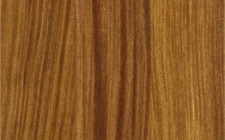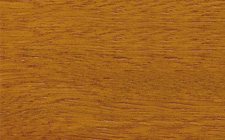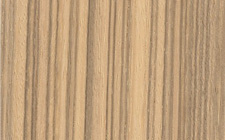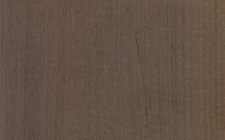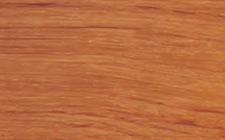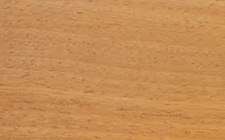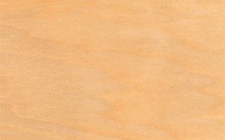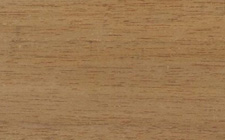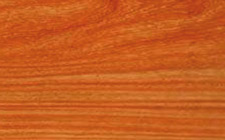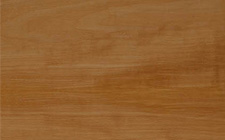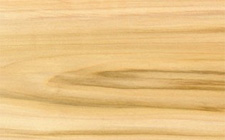Ash (European)
Botanical name
Fraxinux excelsior
Origin
Europa
Other names
Esche, Frene, Fresno, Frassino

WOOD DESCRIPTION
| Color: |
creamy white |
| Sapwood: |
not demarcated |
| Texture: |
coarse |
| Grain: |
straight |
| Interlocked grain: |
absent |
| Note: |
Creamy white wood when fresh, it turns yellow with light. Grain is sometimes weavy. Heart of some logs is marked with veins or black areas. |
PHYSICAL, MECHANICAL AND ACOUSTIC PROPERTIES
|
(*: at 12% moisture content, with 1 MPa = 1 N/mm²)
|
||||||||||||||||||||||||||||||||||||||||
NATURAL DURABILITY AND TREATABILITY
| Funghi (according to E.N. standards): |
class 5 - not durable |
| Dry wood borers: |
heartwood durable but sapwood not clearly demarctaed |
| Termites (according to E.N. standards): |
class S - susceptible |
| Treatability (according to E.N. standards): |
class 2 - moderately permeable |
| Use class ensured by natural durability: |
class 1 - inside (no dampness) |
| Species covering the use class 5: |
No |
| Note: |
This species is listed in the European standard NF EN 350-2. |
SAWING, MACHINING AND ASSEMBLING
| Blunting effect: |
normal |
| Sawteeth recommended: |
stellite-tipped |
| Cutting tools: |
tungsten carbide |
| Peeling: |
good |
| Slicing: |
nood |
| Note: | ASH wood has a good aptitude for bending. |
| Nailing / screwing: |
good but pre-boring necessary |
| Gluing: |
correct |
| Note: |
Must take some precautions for gluing because of the wood slight porosity and its light acidity. |



